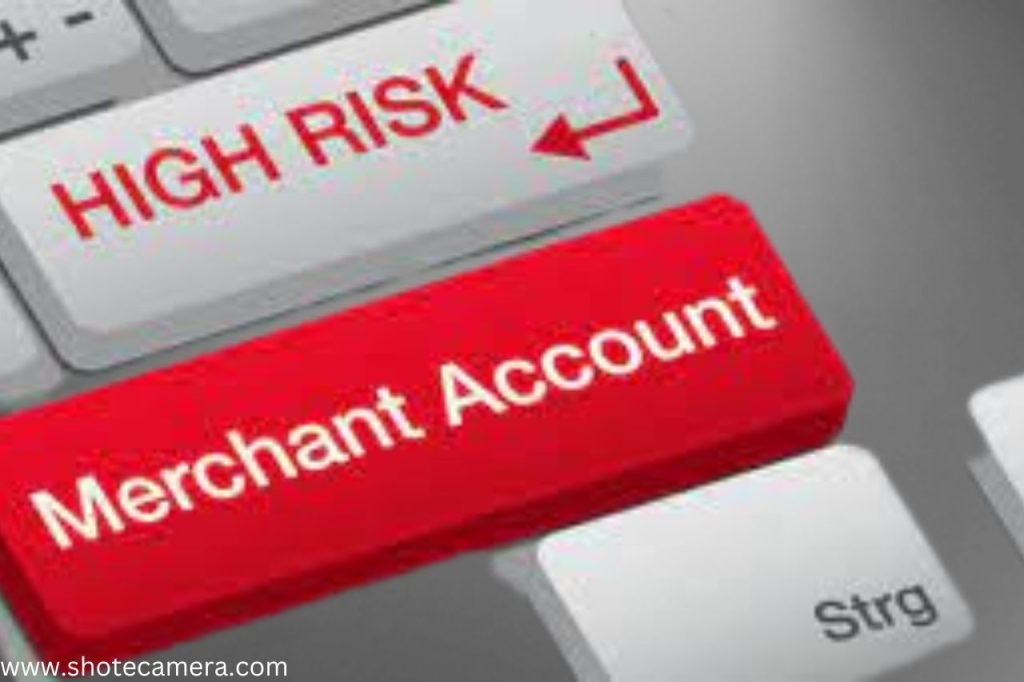Top High-Risk Merchant Account For Best Service Providers
If you’ve had trouble getting or keeping a merchant account for your business because you’ve been labeled “high risk,” you may have options. Numerous service providers understand your situation and offer services tailored specifically to risky merchants. Here are some of the best high-risk merchant account service providers eager to meet your requirements.
Methodology
Forbes Advisor researched the industry and analyzed several providers to select vendors that best fit risky merchants. Businesses in high-risk industries will have different requirements than most. As a result, we were specifically looking for service providers who serve these merchants.
Then, we ranked each provider based on how well they performed in five different feature categories, using 15 metrics weighted to favor features that high-risk small business owners value in a provider. The categories we used to rank the providers at the top are broken below.

Pricing
Many customers value a transparent fee structure. Companies that provide this information up front were rated higher than those that require contacting a representative. Companies that provided online pricing quotes performed better in our ratings. Our weighted scoring was 10% based on pricing.
Features
Different businesses will have different levels of requirements. Companies that offer various options to meet those needs receive higher ratings. A reporting dashboard, invoicing, data exports, contactless payments, chargeback monitoring, and fast deposits were among the features we sought.
Furthermore, when things go wrong, having dependable, accessible support, including offshore account support, is critical. Companies that have multiple channels of communication available were rated higher than those that only have a few. We allocated 60% of our total score to features.
Third-party reviews
We looked at customer and third-party reviewer feedback and recognition to see what users thought of the services. Companies were graded based on their average rating and the reviews they received. The Better Business Bureau (BBB), Capterra, and Trustpilot were among the review sites we investigated. Reviews from real users that received high ratings (4 out of 5 or higher) fared better in our rankings. These constituted 15% of the total score.
Expert analysis
To determine our expert’s score, we looked at a high-risk merchant service provider’s popularity and stand-out functionality as noted by actual users for our final review, which made up 15% of the total score.
High-Risk Merchant Accounts vs. Low-Risk Merchant Accounts
A few general characteristics distinguish a merchant as low risk to a payment processor. Low-risk merchants commonly have:
Transaction volume is low (less than $20,000 per month).
Transactions under $500 on average
Operations in a single country with a low-risk rating (the U.S., Canada, Japan, Australia and the countries in Europe)
There is only one currency.
Very few chargebacks or none at all, and a low percentage of returns
Industries classified as low-risk
Keep in mind that your risk status may change as your company grows. For example, if your company experiences rapid growth, your provider may begin to view it as high-risk. A payment processor may consider a change in risk level if you expand to work in different countries or industries. If this occurs, your payment processor may change your status or drop you as a client if they do not support high-risk merchants, in which case you will need to find a new provider to process your payments.
Higher Fees for High-Risk Situations
Although each credit card processing platform is unique, risky merchant accounts will incur higher fees. Processing fees for all transactions will generally be higher, sometimes more than double those for low-risk merchant accounts. Although low-risk merchants must pay a chargeback fee (when a customer disputes a charge directly with their credit card), high-risk merchants must pay a higher chargeback fee.
A high-risk merchant may be required to sign a more extended contract, pay an early termination fee, or pay a monthly or annual fee. High-risk accounts may also be subject to a rolling reserve, in which the payment processor holds a percentage of your income until it can further verify that your transactions were not fraudulent or chargeback-prone.
Selecting a High-Risk Account Service Provider
Before selecting a payment processor, carefully read the contract, as each bank and payment processing platform is unique and has different terms for merchants labeled as high-risk. Keep the following factors in mind as you search for the best risky merchant account service provider:
Who is the vendor willing to work with?
Even high-risk merchant account providers accept only some businesses. If you’re an offshore company, have bad credit, or run a high-risk business, look for vendors who understand your unique situation.
Fee increases. Vendors typically charge higher fees to balance their risk in serving your business than low-risk merchants.
Your credit score is essential. A business owner’s or a company’s low credit score may affect the likelihood of approval for a merchant account. If you’re being turned down for merchant accounts, you may need to improve your credit score.
When you apply for a merchant account, you must submit business and tax documents. Following the processing of your application, your payment provider will determine whether you are a high-risk or low-risk merchant and adjust your plan accordingly.

FAQ’s
What is the purpose of a merchant account?
A merchant account is required if your company wants to accept credit and debit cards. It is a necessary intermediary that transfers funds from your customer’s bank accounts to your business’s account.
What kinds of businesses are considered “high risk”?
Several businesses are classified as high-risk. These include the adult industry, debt collection, e-cigarette, CBD, and vape shops, e-commerce, furniture and electronic stores, gambling, multilevel marketing (MLM), online dating, subscription services and companies with recurring payment plans, and travel, including airlines, cruises, and vacation planners.
How do I get a high-risk merchant account?
Look for a vendor specializing in risky merchants like the ones listed above. You can complete an application online, though some vendors may require you to submit physical paperwork. Many factors, such as your industry, location, and credit score, influence your chances of approval.
How much does a high-risk merchant account cost?
Fees for risky merchant accounts vary depending on the vendor and business. Please fill out an application with a vendor for a preapproved price, or some vendors list their pricing on their websites. Transaction fees for high-risk merchant accounts are likely higher than for low-risk accounts.
What are the fees for high-risk merchant accounts?
You will be subject to the same fees as any other merchant, but they may be higher as a high-risk merchant. A setup fee to open your account and a termination fee to close it, as well as per-transaction fees, terminal fees (for in-person payments), and chargeback fees, may be charged.
What information do I need to apply for a merchant account?
Your bank account information, including your account and routing number, an employer identification number (EIN), any government licenses associated with your business, Payment Card Industry (PCI) compliance, and financial statements will be required.

